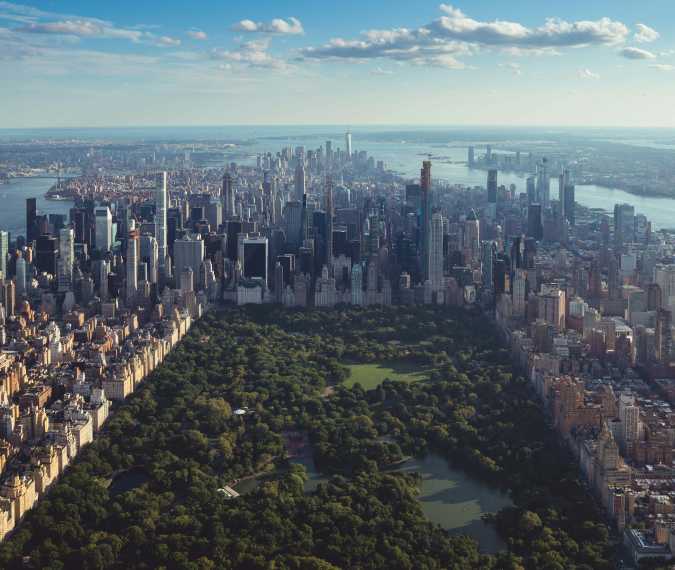
The Tragic Story of a Community Underneath New York's Central Park
Central Park, a unique blend of nature and urban landscape, stands as one of the most iconic tourist destinations not just in the US, but the entire world.
Most people who have visited New York would have visited the famous park.
And if you've been to the Big Apple and have yet to visit Central Park, you certainly need to swing by to see what it's all about on your next visit to the American city.
Beneath all the grass, paths, and lakes in Central Park lies a rich tapestry of history, from its inception in 1858 to its transformation into a modern urban oasis. This makes for a fascinating read.
The park was built in 1858 and has since become surrounded by countless skyscrapers and large buildings.
Central Park was only occasionally the tourist attraction it is today, though. It once acted as New York's countryside before it became so industrialized.
The area became home to about 1,600 people, including a predominantly Black community that bought plots to develop into houses, churches, and a school.
The development made the area between New York's 82nd and 89th Streets and Seventh and Eighth Avenues known in 1825 as Seneca Village. It drew in Irish and German immigrants living alongside the land's residents.

Photo: unsplash.com/eejermaine
According to the Institute for the Exploration of Seneca Village History, by the 1840s, Seneca Village had become' a multi-ethnic community [including] African Americans, Irish, and German immigrants, and perhaps a few Native Americans'. In 1855, the New York State Census reported approximately 264 individuals living in the village.
However, despite all the work that had been done, New York City was able to take control of the land on 21 July 1853 thanks to eminent domain—a power that allowed the federal government to acquire property for public use.
The US Department of Justice explains that eminent domain 'appertains to every independent government' and 'requires no constitutional recognition.'
Once they had control of the land, New York City dubbed it 'the Central Park.'
Archaeologists conducted excavations at Seneca Village in the summer of 2011, following years of research on the site, in a bid to learn more about the history of the land beneath the park.
Today, Central Park covers 843 acres and welcomes more than 42 million visitors annually. The City of New York has enlisted the help of the Central Park Conservancy to care for the park, with more than 300 Conservancy employees tending to the park's 'maintenance, restoration, and architectural needs.'
The conservancy spends nearly $78 million each year on 'protecting and improving' the park, with the money coming 'primarily from individual donations.'


